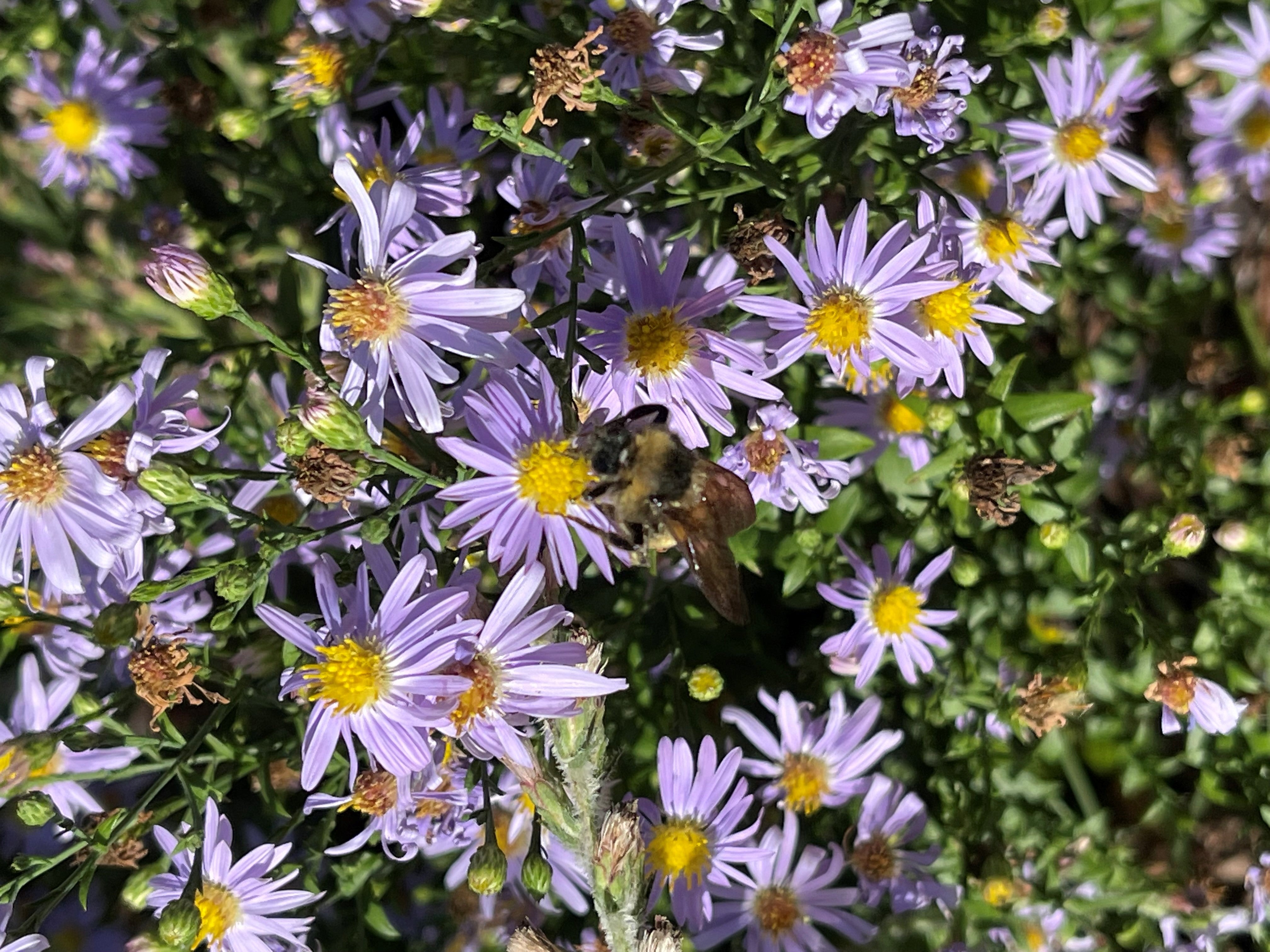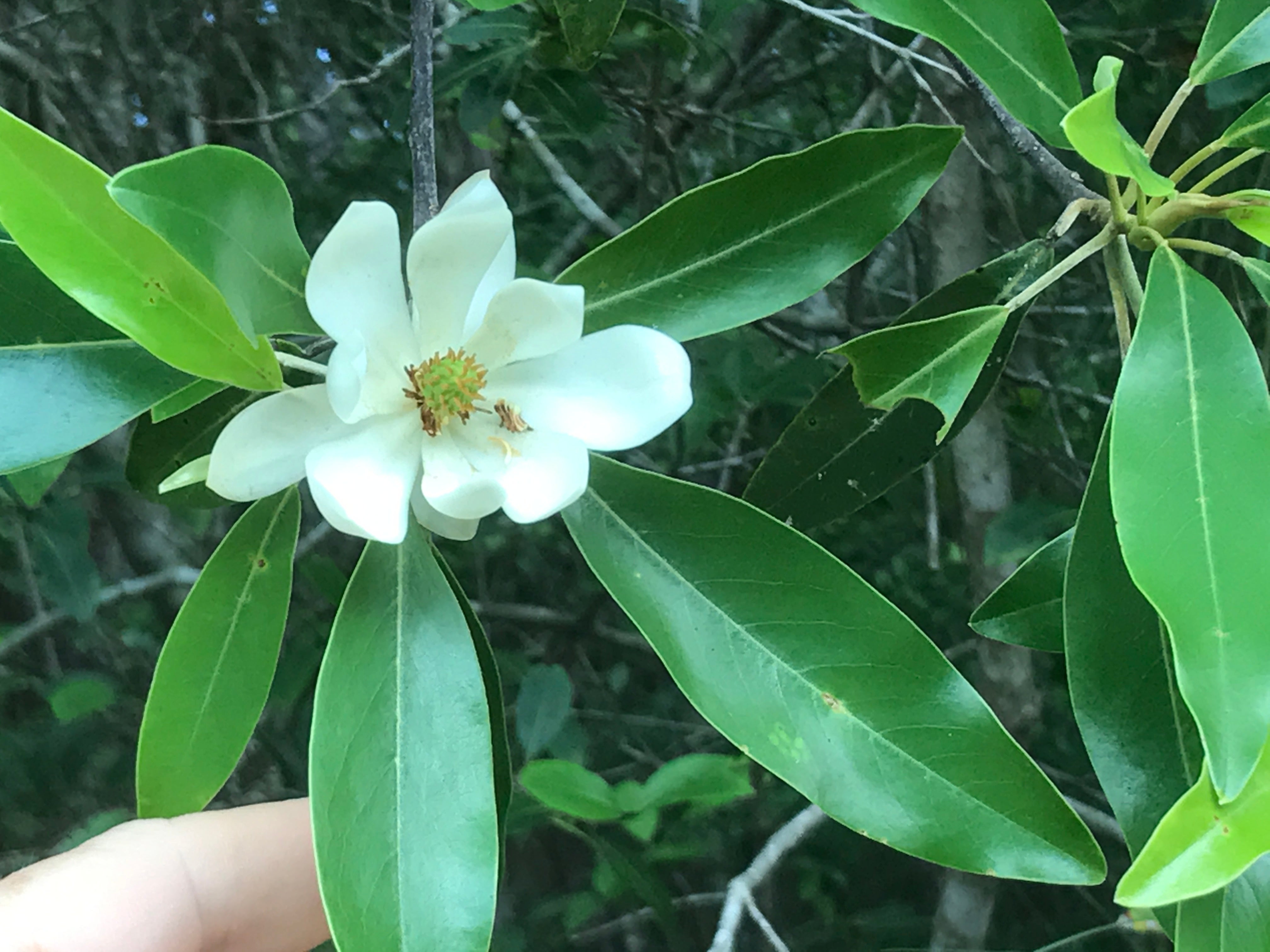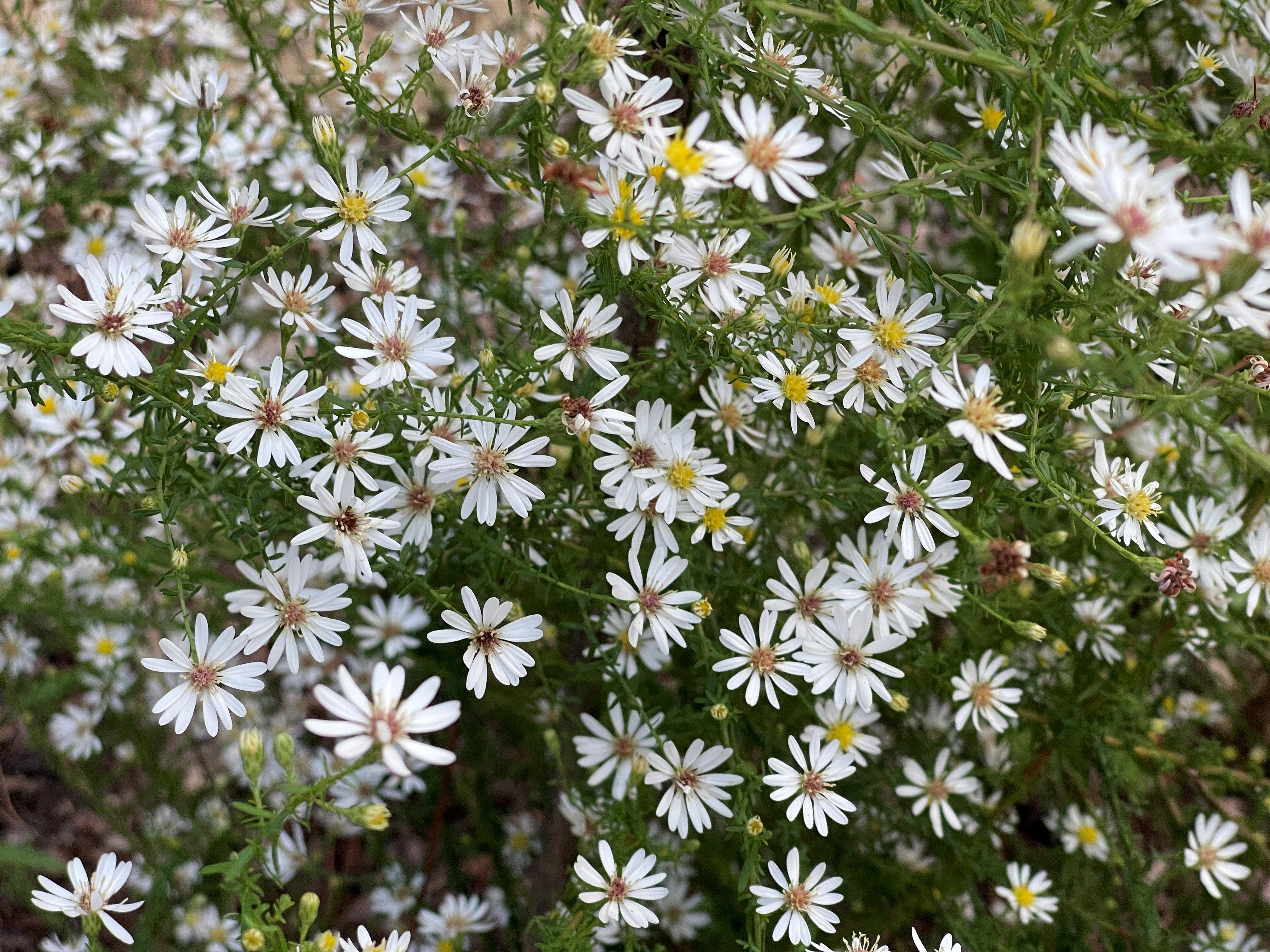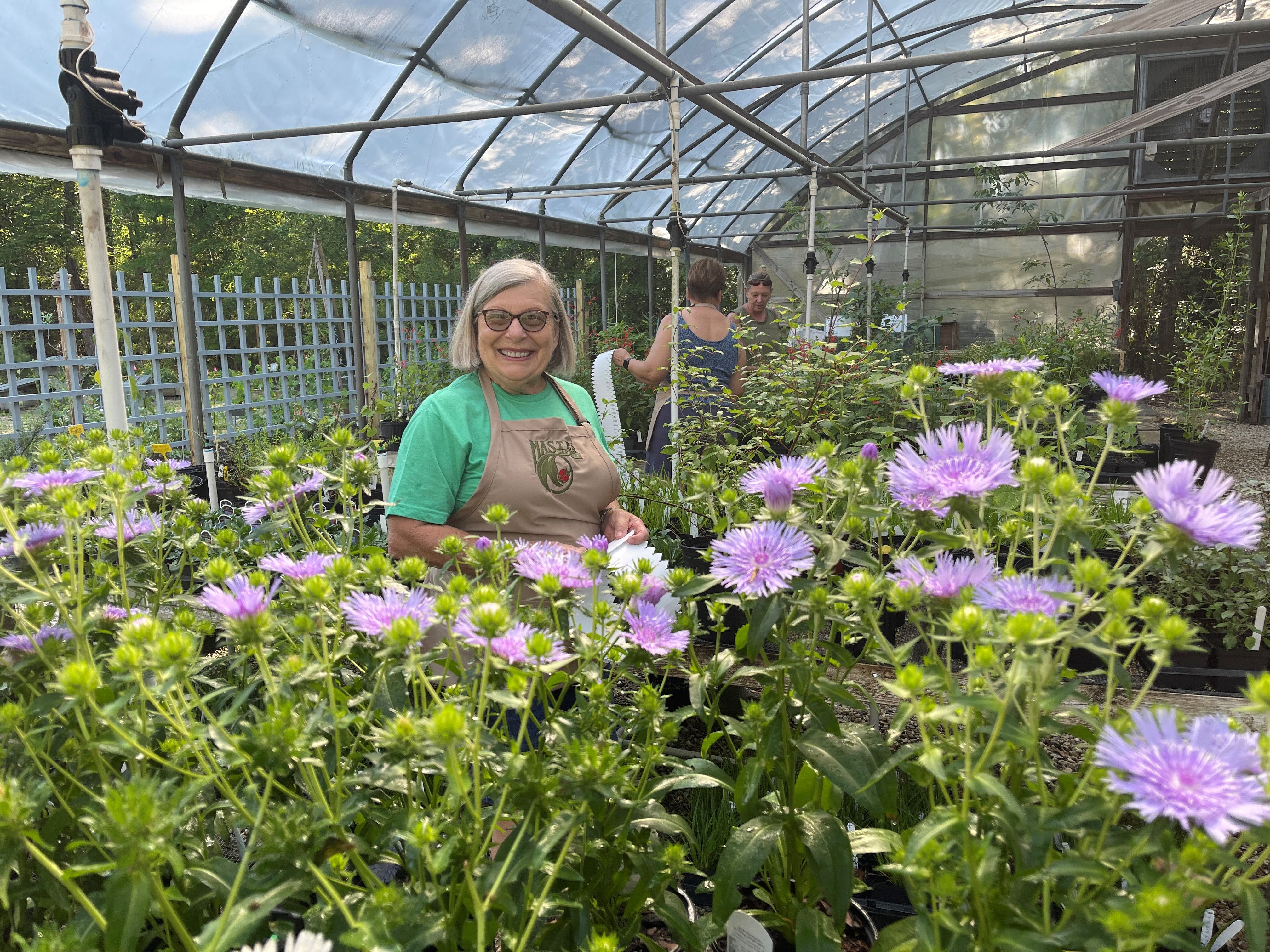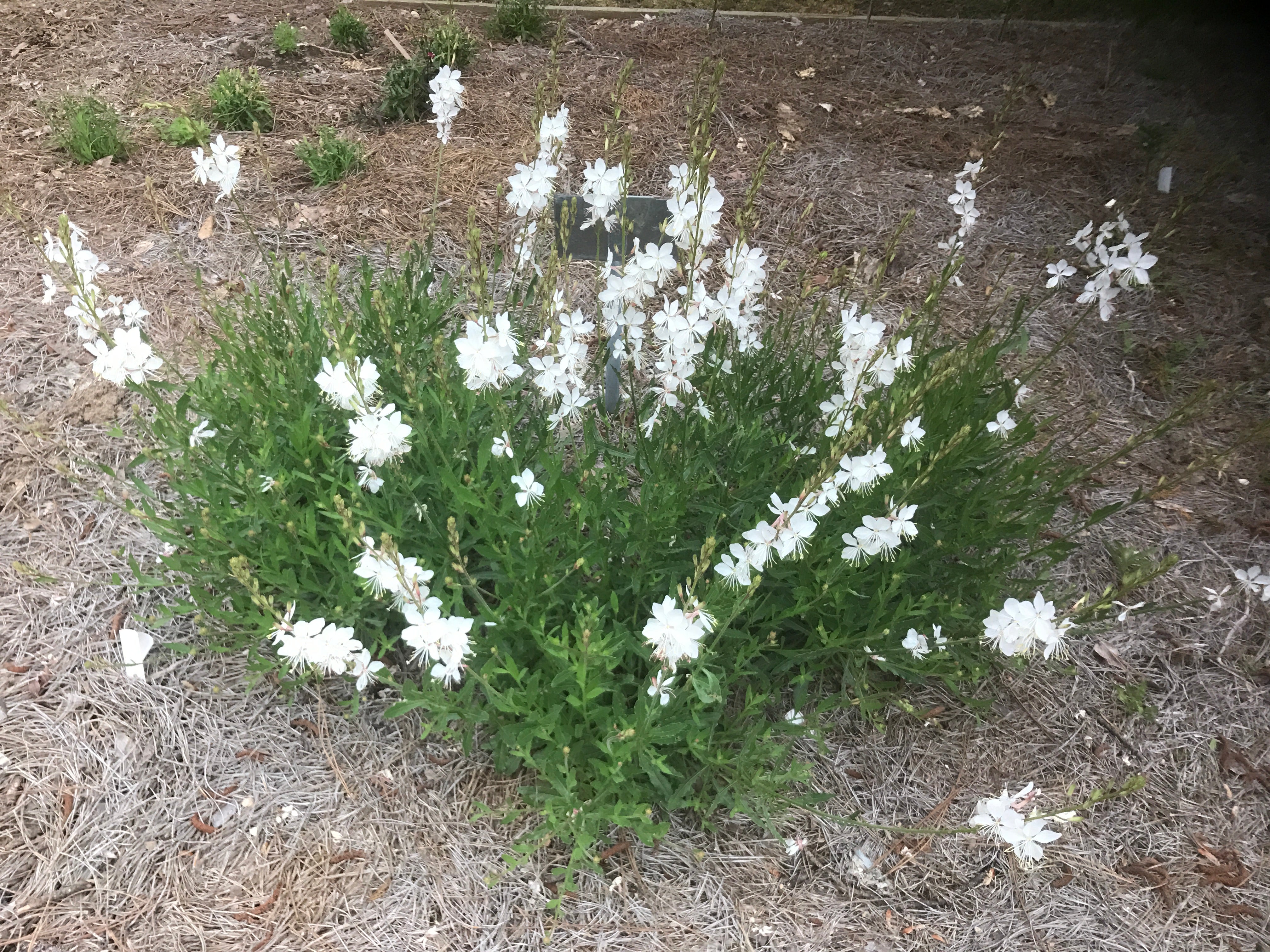Why not add a rain garden to your home landscape?
Published 8:42 am Monday, July 11, 2022
By Patricia Drackett
Director of the Crosby Arboretum and
assistant extension professor of landscape architecture with the Mississippi State University Extension Service
Recent columns have offered some solutions for making your summer gardening a breeze, such as using water-loving plants in your landscape’s wet areas. We often recommend a visit to the Crosby Arboretum’s Pollinator Garden to see plants that are thriving here, which can spark some new ideas for low-maintenance species to incorporate into your own garden.
If you’re a regular reader of those tempting “how to” gardening magazines, you might have noticed an article or two on designing rain gardens. What are we talking about here? Rain gardens are designed to collect and retain rain, also called stormwater, or “runoff”. They slow water down before it leaves your property and allow it to drain into the ground rather instead of being channeled immediately into a storm drain system.
As land becomes more and more “urbanized” or developed, the amount of paved surface increases. Water that runs over a paved surface travels much faster than over a lawn or wooded area. Because many communities still have stormwater and sewer systems that are connected underground, in heavily developed areas, even small rain events can cause these systems to back up and overflow. Flooding presents many safety issues. Also, pollutants such as phosphorus, heavy metals, and nitrogen can be picked up during the process and carried into area streams and rivers.
The Mississippi State Extension Service website (http://extension.msstate.edu/) is an excellent place to begin to learn about creating these gardens. Enter the keywords “rain garden” in the website’s search field to locate information on the topic, including simple methods for calculating the size of your “watershed” so you can determine the appropriate size of rain garden to accommodate your property’s runoff, and recommendations for plants to use in these areas.
It’s best to locate your rain garden in a main drainageway, or in depressions where water tends to pool after a rain. It’s also important to understand the type of soil your site offers. Sandy soils are typically best, as they will allow the area to drain quickly. Sample boxes for soil tests can be obtained at your local county Extension office.
Rain gardens are sometime misunderstood. A common misconception is that they will be a breeding area for mosquitoes. However, an appropriately sized rain garden contains water only for a short period after a rain, such as a day or two. By draining quickly, they won’t have the standing water needed for the pesky insects’ seven-day breeding period.
Another common myth about rain gardens is that they need to be deep, which is not at all the case. They don’t need to be located on steep slopes, but they can be excellent solutions for reducing erosion in such areas. In fact, the slope needed for a rain garden can be so gradual that you may have even walked right by one and never known it! Most rain gardens range between four and eight inches in depth. If shallower than four inches it may not provide the needed capacity, and if the depth is greater than eight inches it may not drain quickly enough. Water from your downspouts can be channeled into a rain garden.
The general components of rain gardens are a depressed or low area, a rocky area that functions to slow the water entering the garden, a berm that functions as the “backstop” of the garden (this can be where your excavated soil is deposited if you need to remove it to create the appropriate capacity), and lastly, tough plants that can tolerate both extremes of short-term flooding, and long periods of drought.
Many Mississippi native plants make outstanding choices for rain gardens! Recommended native trees include swamp red maple, bald and pond cypress, swamp black gum, sweet bay magnolia, mayhaw, and wax myrtle. Native shrubs include inkberry and yaupon holly, dwarf palmetto, buttonbush, summersweet, sweetspire, titi, and buckwheat tree. Recommended native perennials include Joe pye weed, Stokes’ aster, Texas star hibiscus, native iris, Coreopsis, and Liatris. Consider contrasting perennials with native grasses such as blue sedge, muhly grass, little bluestem, or panic grass.
Sign up for an “Introduction to Birding” walk with birding enthusiast Jessica Martin on Saturday, July 16 from 9:30 to 10:30 a.m. Learn tips and resources and equipment available for beginners and others, in addition to common species of birds found in the area. Cost is $2 for Arboretum members and $7 for non-members. Attend the Wire-Wrapped Jewelry Workshop on “Making a Pendant” with jewelry maker Connie Boyd of Unique Stones on Saturday, July 16, from 12:30 p.m. to 3:30 p.m. Program cost of $70 is paid directly to the instructor on the day of the workshop by cash or check, and includes a chain, tools for use, sterling silver wire, and your choice of a semi-precious stone
Call 601-799-2311 to sign up for programs (pay upon arrival). For more information, see our website calendar at http://crosbyarboretum.msstate.edu/ or visit our Facebook page. The Arboretum is open 9 a.m. to 4:30 p.m. Wednesday through Sunday and located at 370 Ridge Road in Picayune, at I-59 Exit 4.


